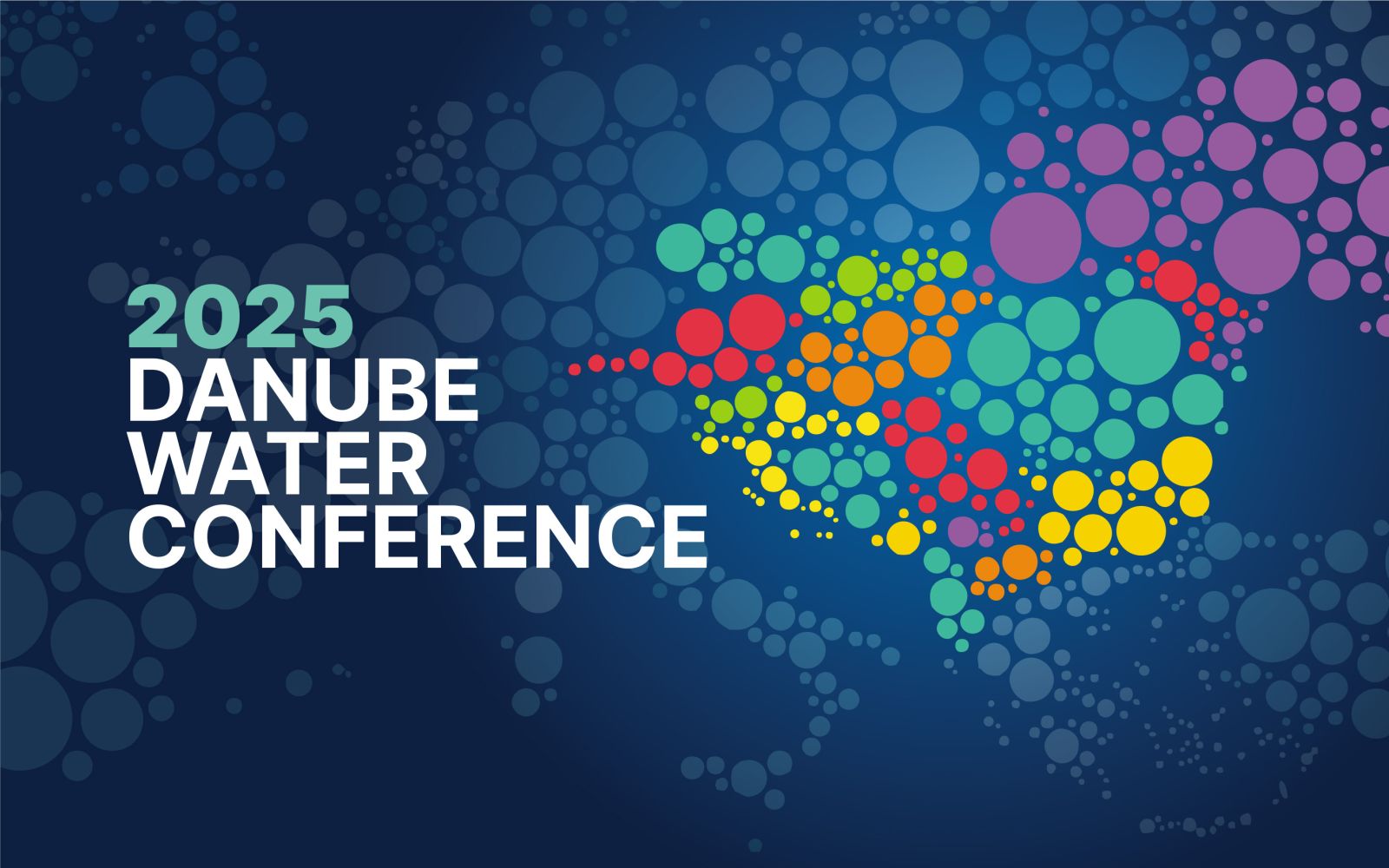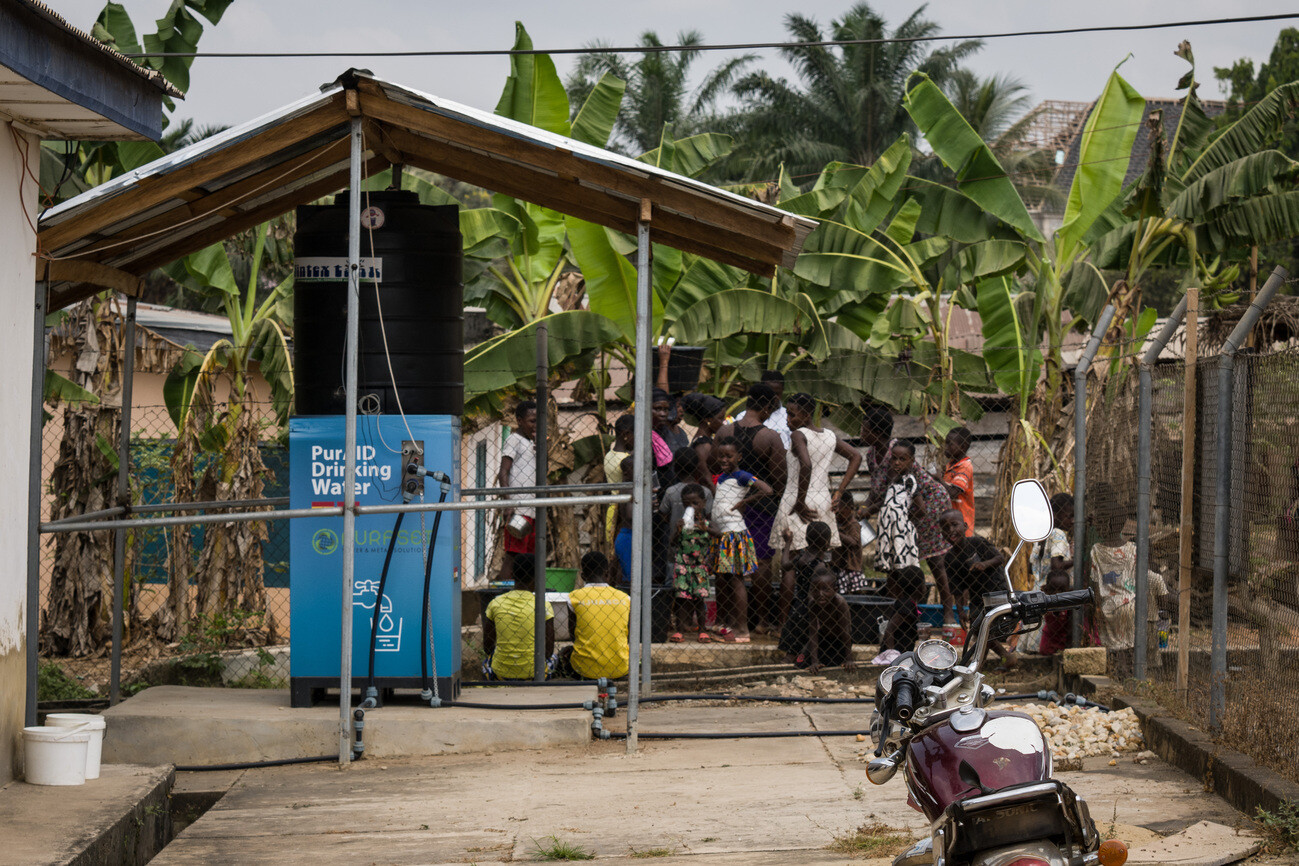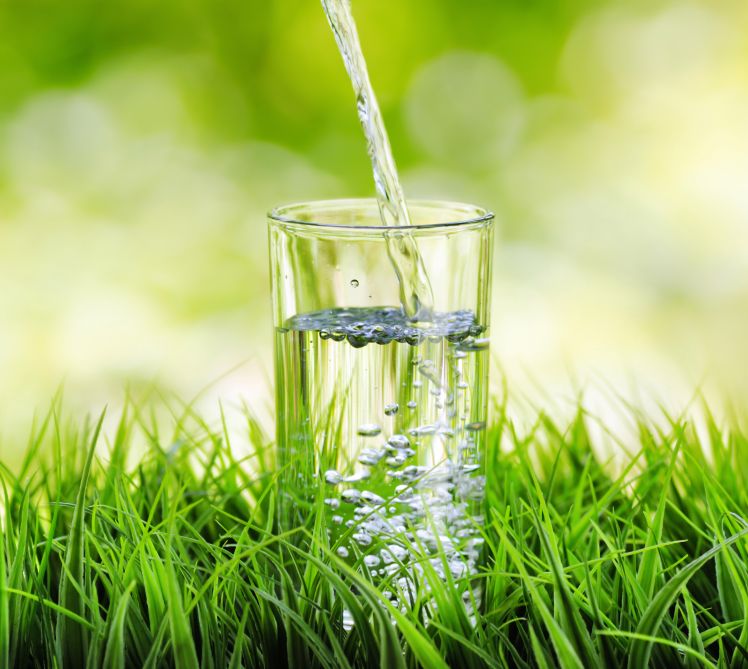DWC 2025
Content
“Looking Back, Looking Forward”.
With this title held the 2025 Danube Water Conference its yearly conference with 216 participants from 27 nations, including 15 Danube region countries, and, for the first time, representatives from Central Asian nations.
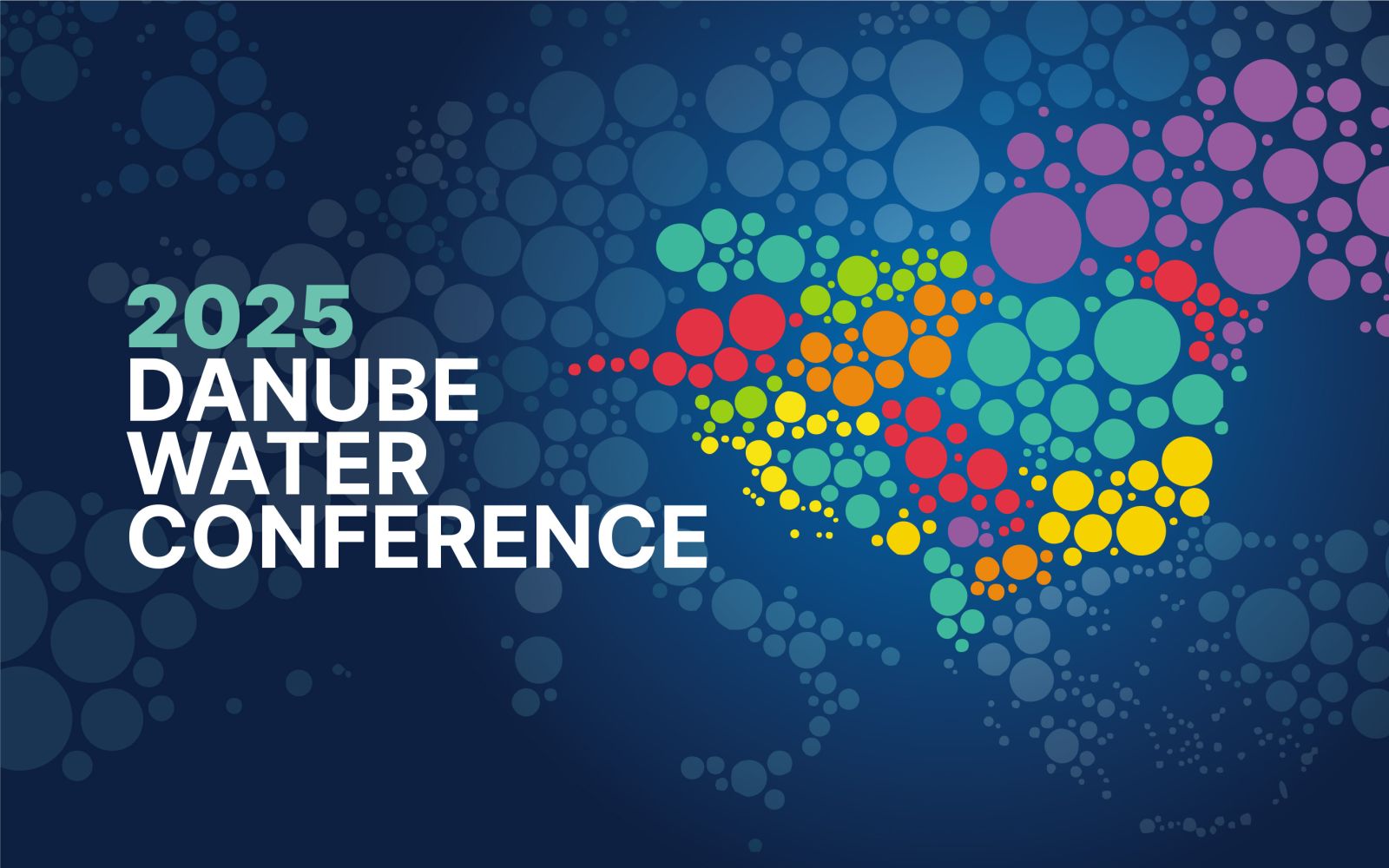
Mr. Károly Kovács represented our companies at the 3 days-long conference and introduced our latest technology in the framework of the traditional poster breakfast session. He had 3 minutes to present the core of our regenerable arsenic removal technology that attracted the attention of many participants.
In his speech he said that over the past two decades, countries within the Danube River Basin have collectively invested approximately €1.1 billion in arsenic removal projects. These initiatives, primarily funded through European Union grants, aimed to reduce arsenic concentrations in drinking water to levels compliant with the World Health Organization’s guideline of 10 μg/L.However, still 2 million people in Europe are affected by arsenic contamination in groundwater. This means 1.1% of the total population in IAWD countries.
He emphasised that in contrast to traditional and chemical-intensive arsenic removal methods, there is a new technology - regenerative water purification based on special filter resins – that is cost-effective, sustainable and economical, and produces only small amounts of hazardous waste, as the adsorbent-filled tanks can be returned to the system after regeneration.
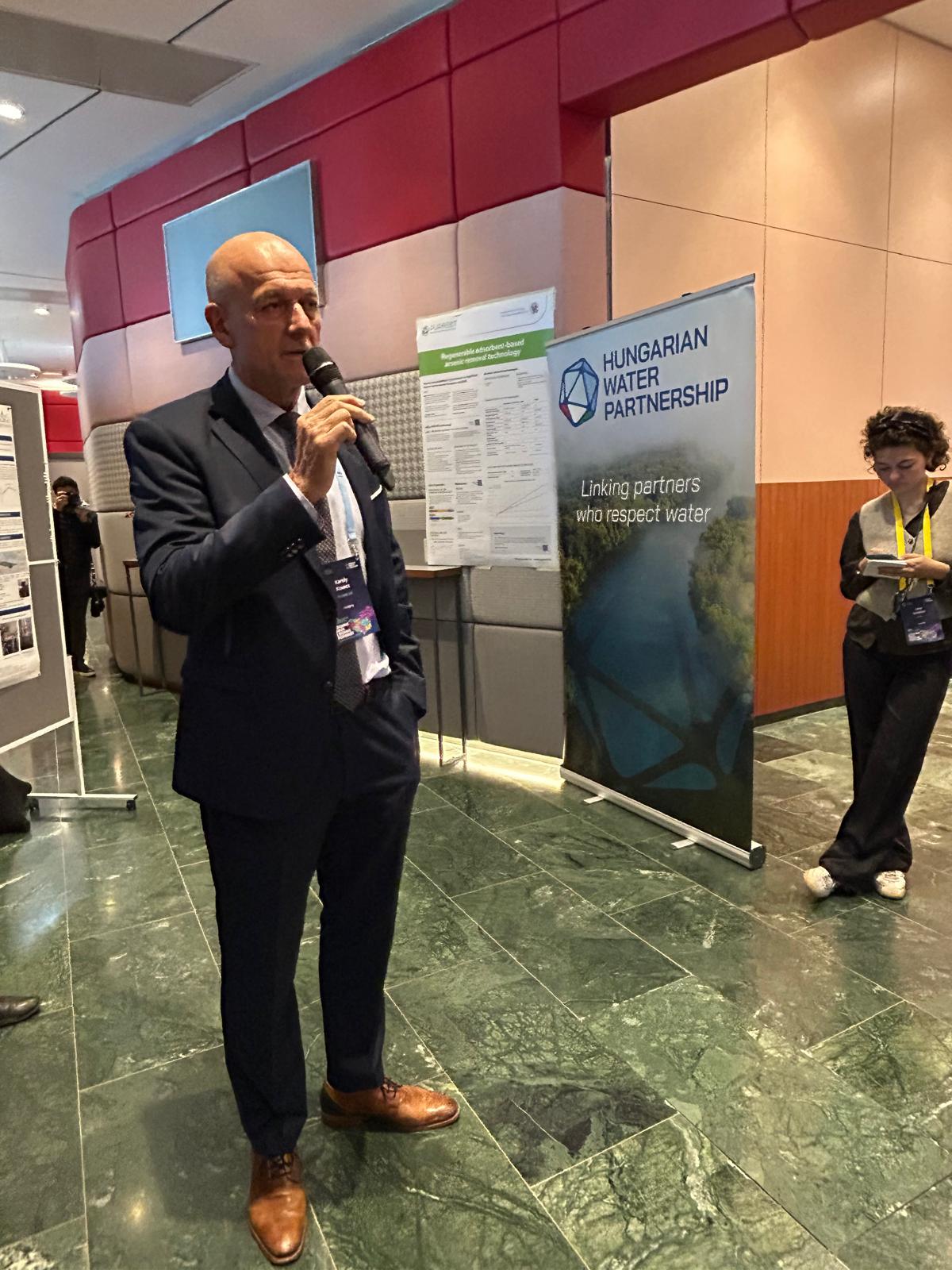
The development of this technology was granted by the European Union and the Hungarian government under the GINOP_PLUSZ-2.1.1-21-2022-00212 project number.
IDWP concept: PurAID® DRINKING WATER
Intro
We are proud to present our new, PurAID® -based Independent Drinking Water Provider (IDWP) solution
Properties
- Subtitle
PurAID® project in Ghana
Intro
Our first project in Ghana, the trial operation of our PurAID® modular, mobile, pallet-based water purification equipment installed in the settlement of Akim Wenchi, has been successfully completed. With the help of PurAID®, iron and manganese impurities, as well as disease-causing bacteria, are removed from the water of the public wells of the town of 12,000 inhabitants.
Properties
- Subtitle
Purawell system for clean drinking water
Intro
Our company handed over 15 pieces of AsMet arsenic removal equipment with a capacity of 12 m3/ d to Subotica Waterworks
Properties
- Subtitle

